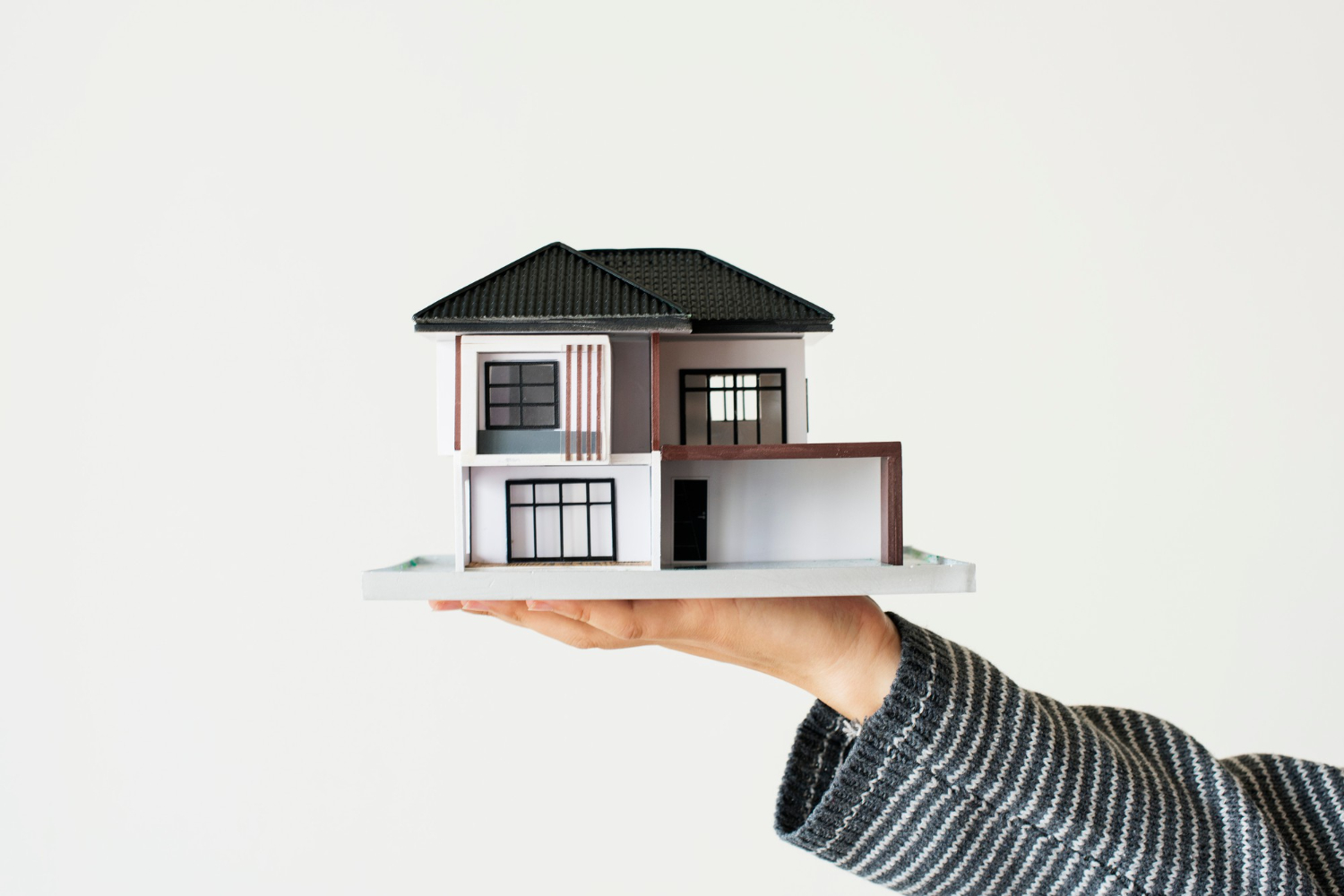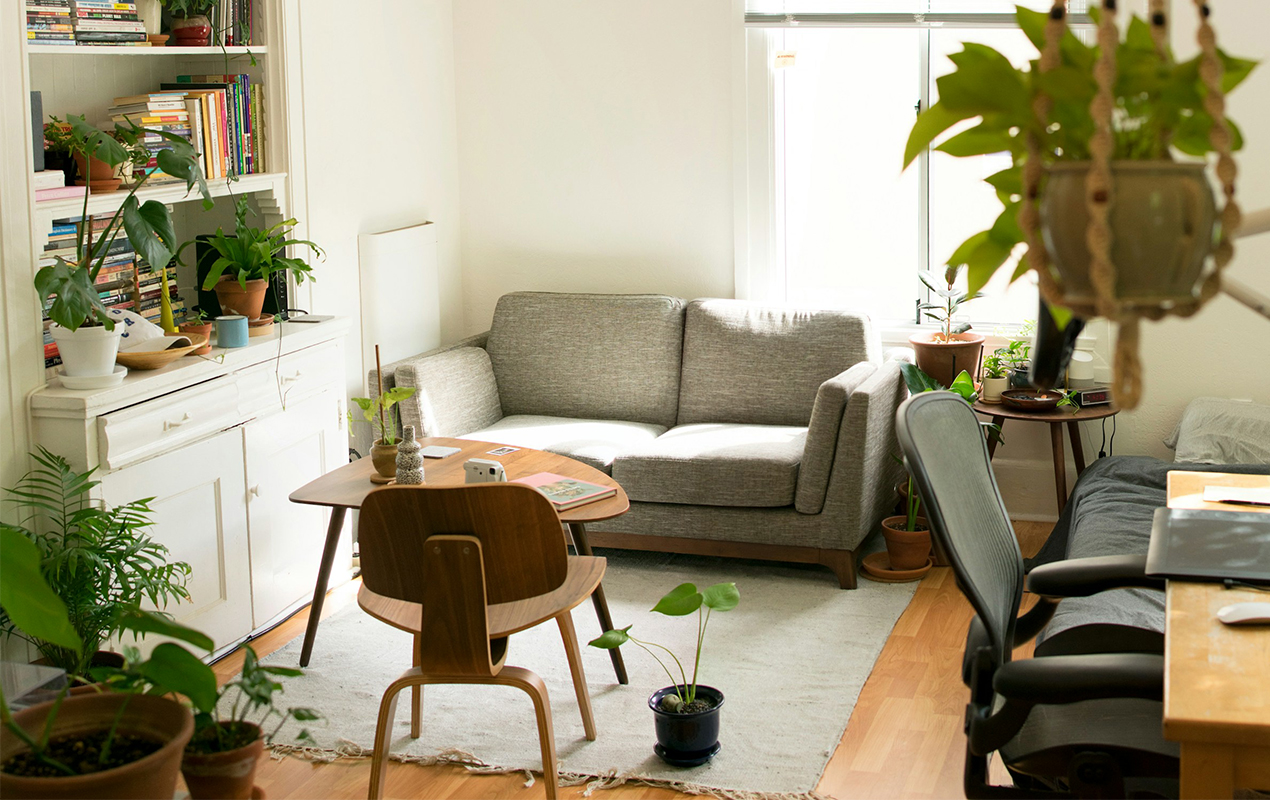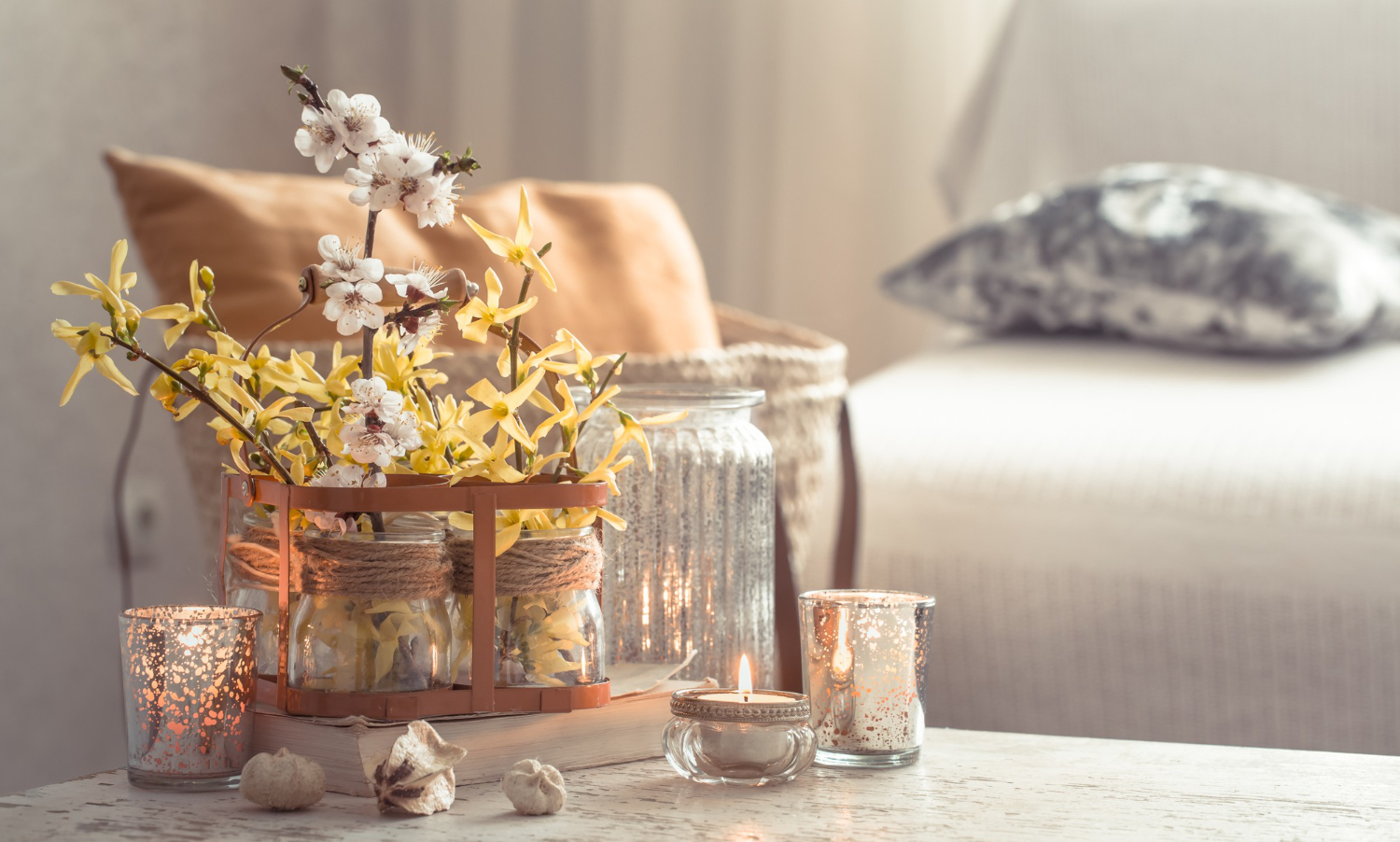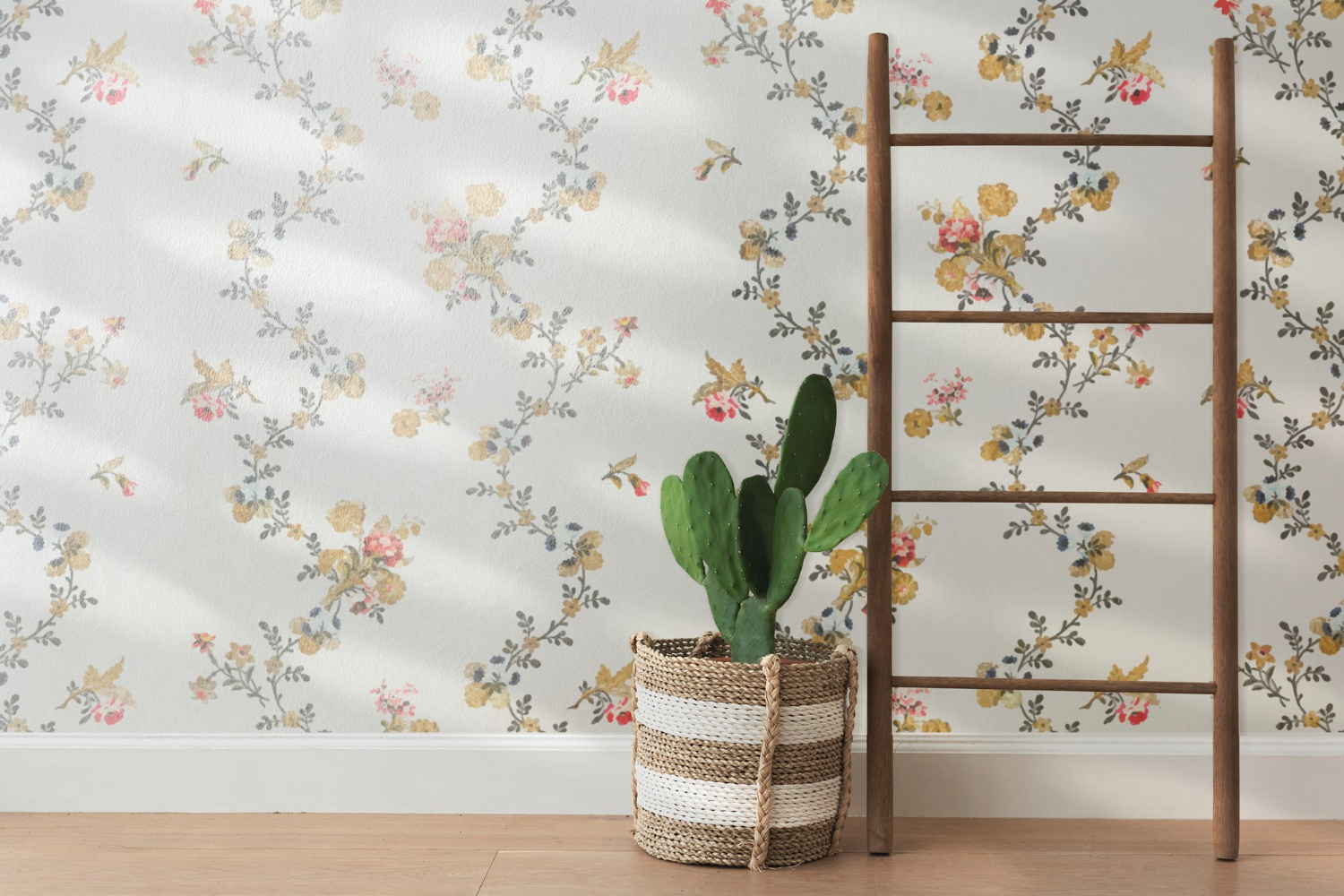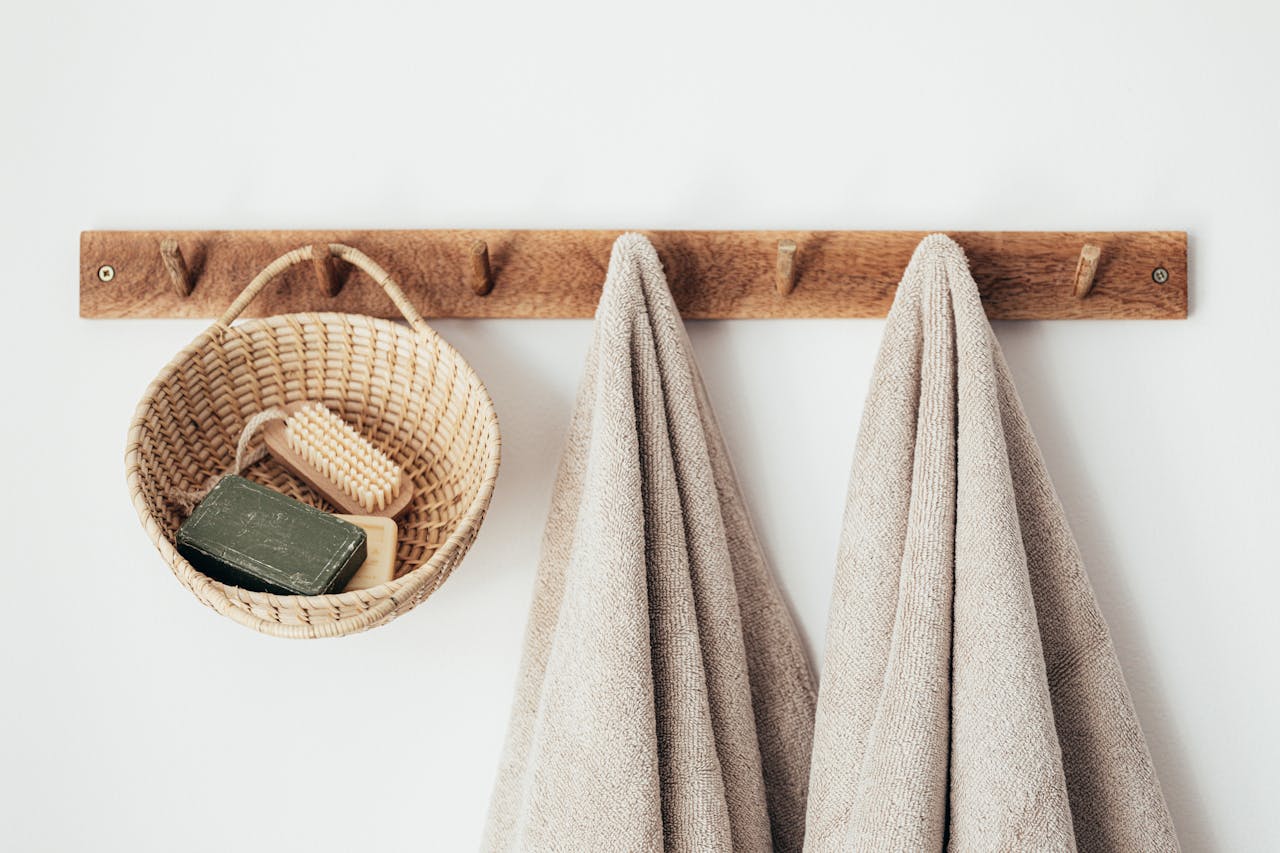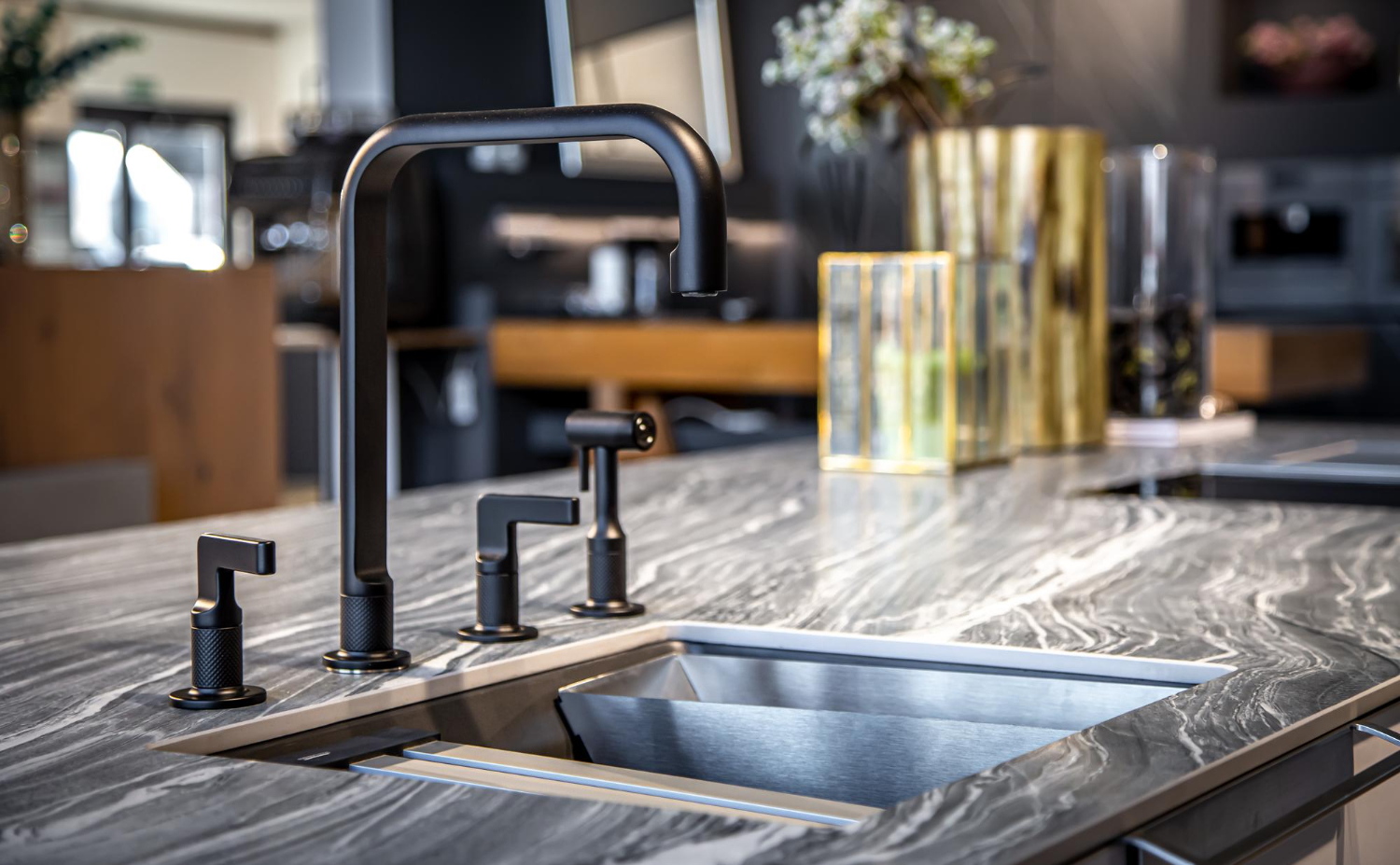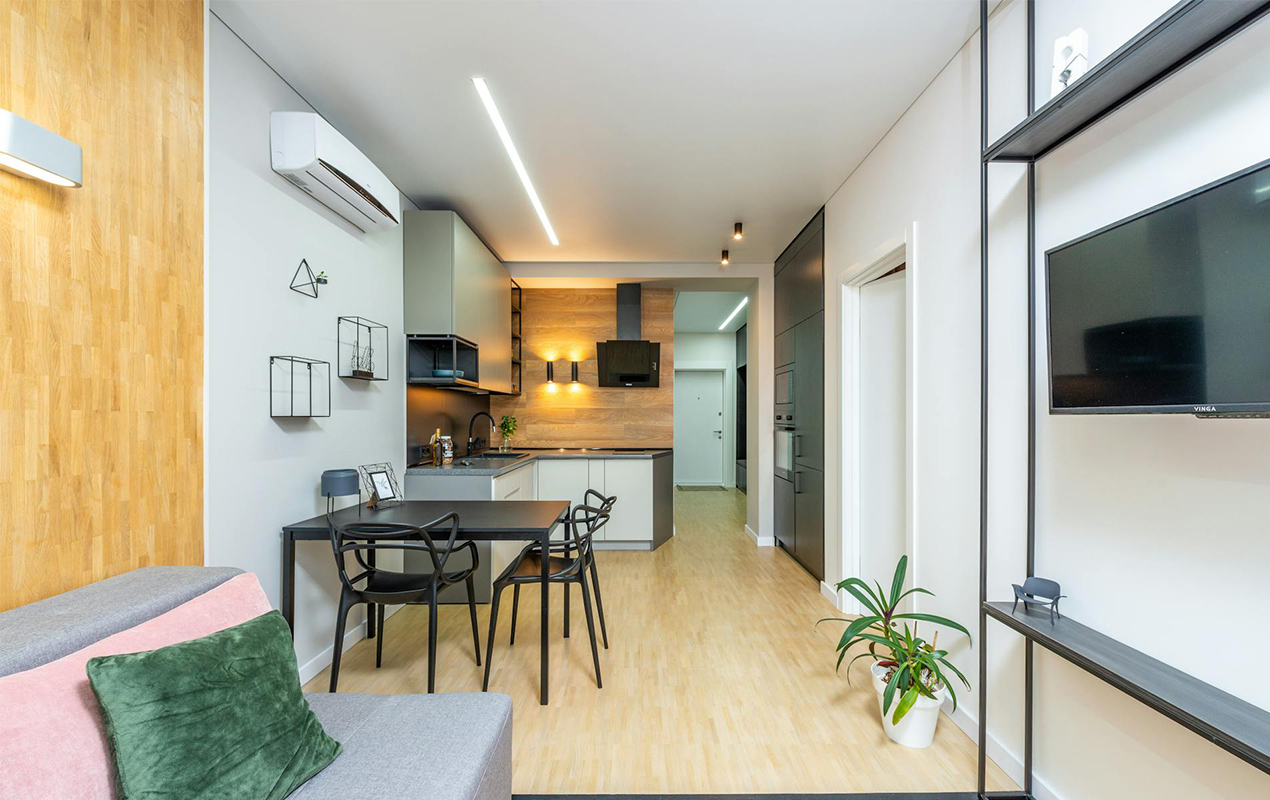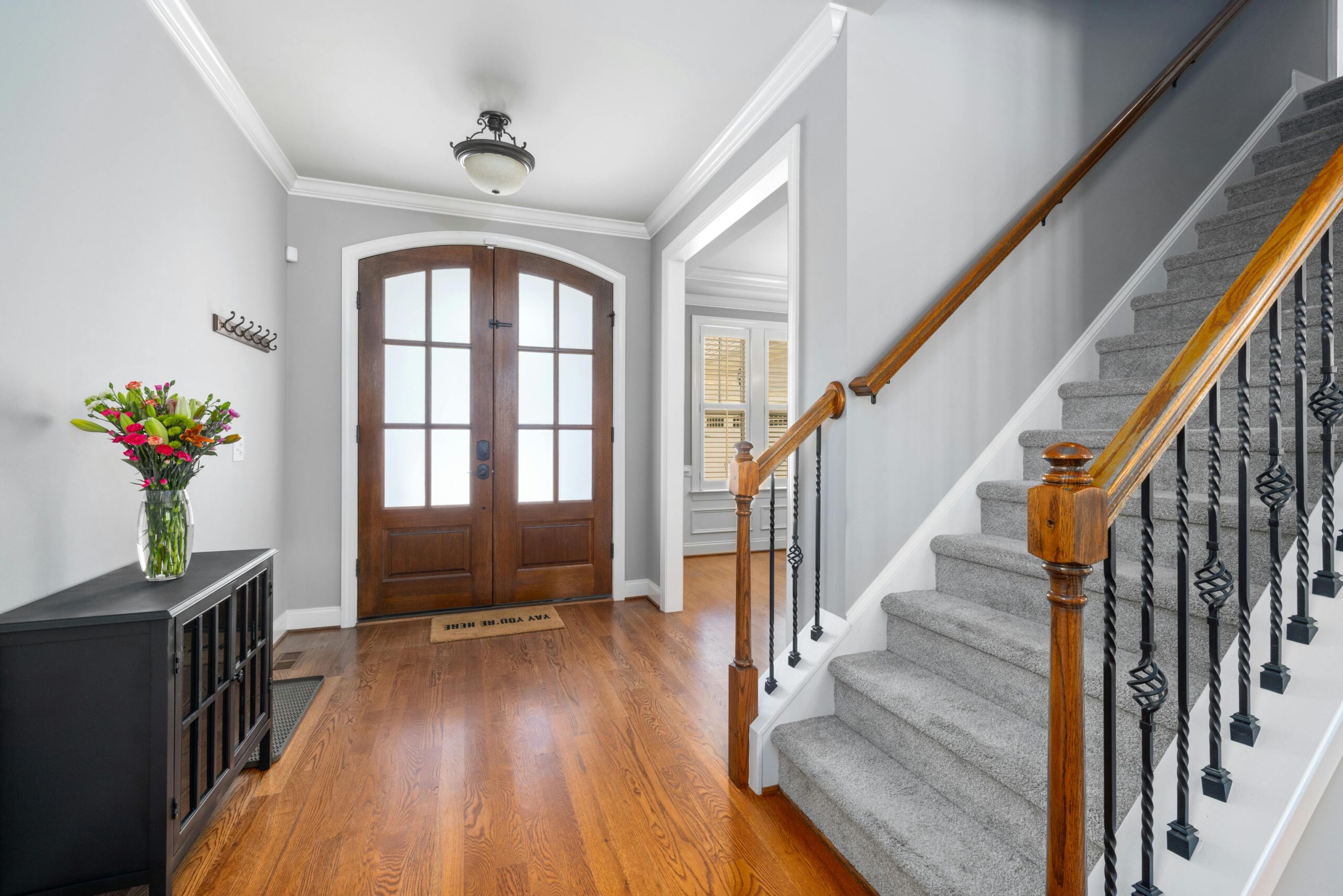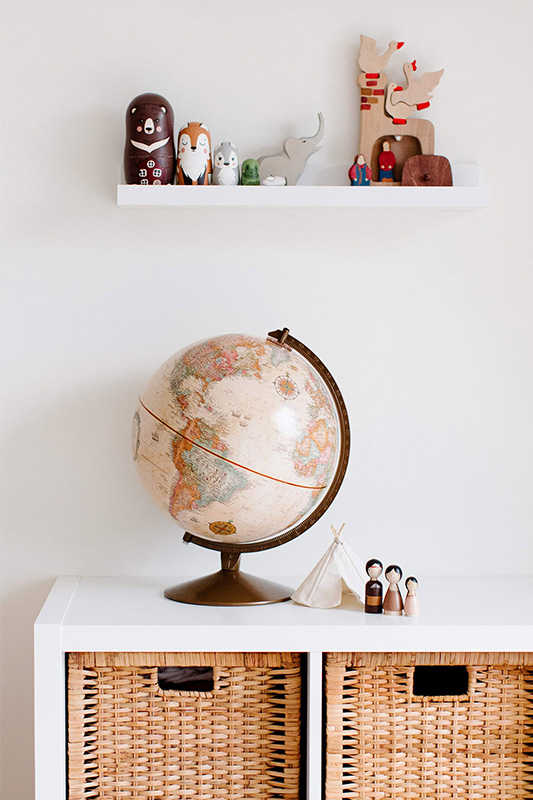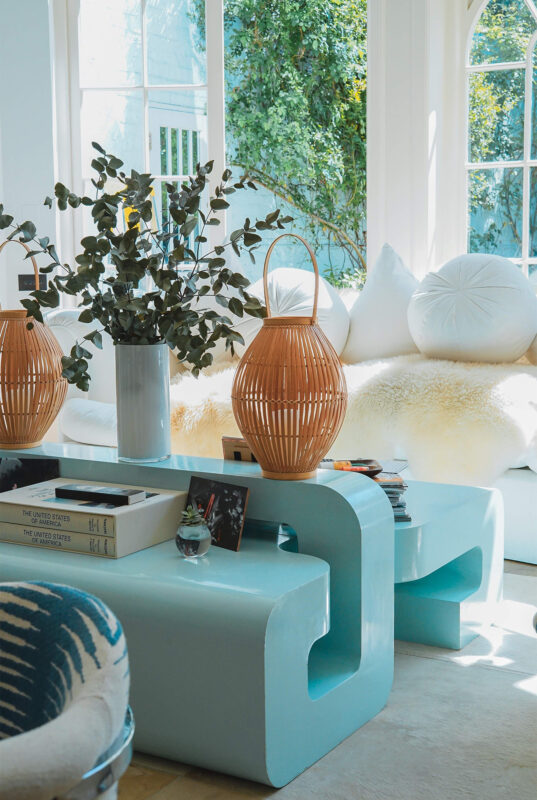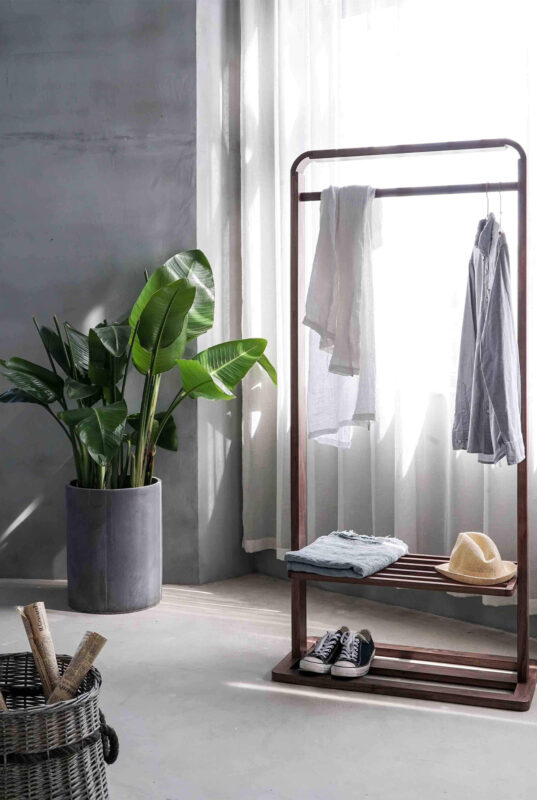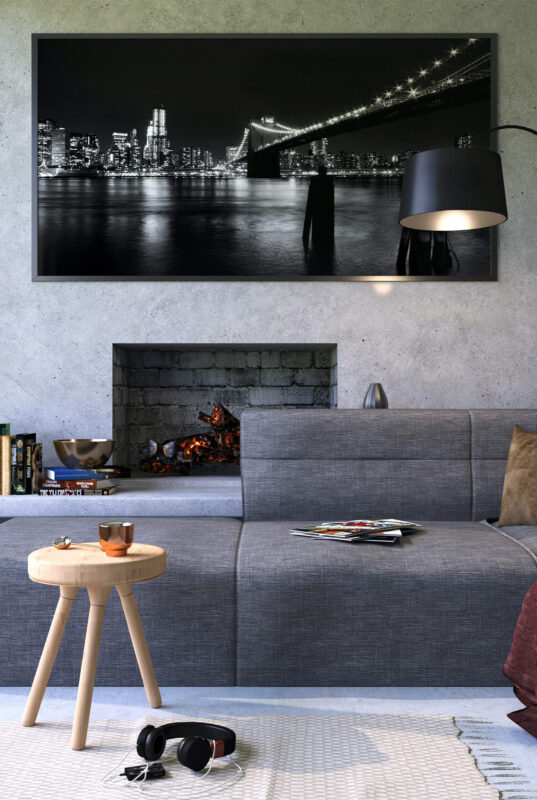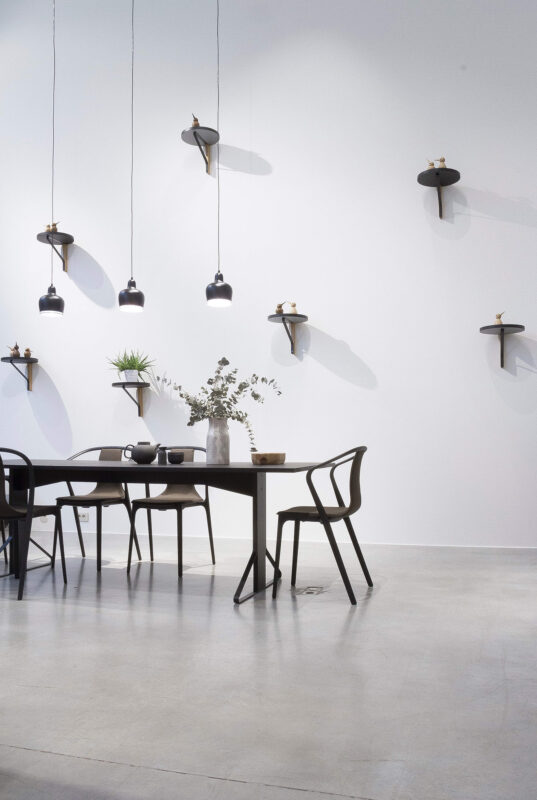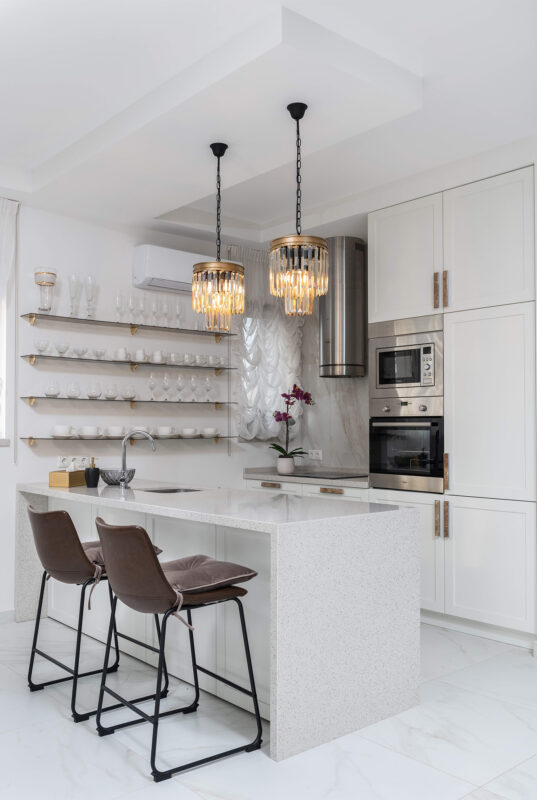7 Clever Hacks Harmonize Old and New Furniture with Cohesion
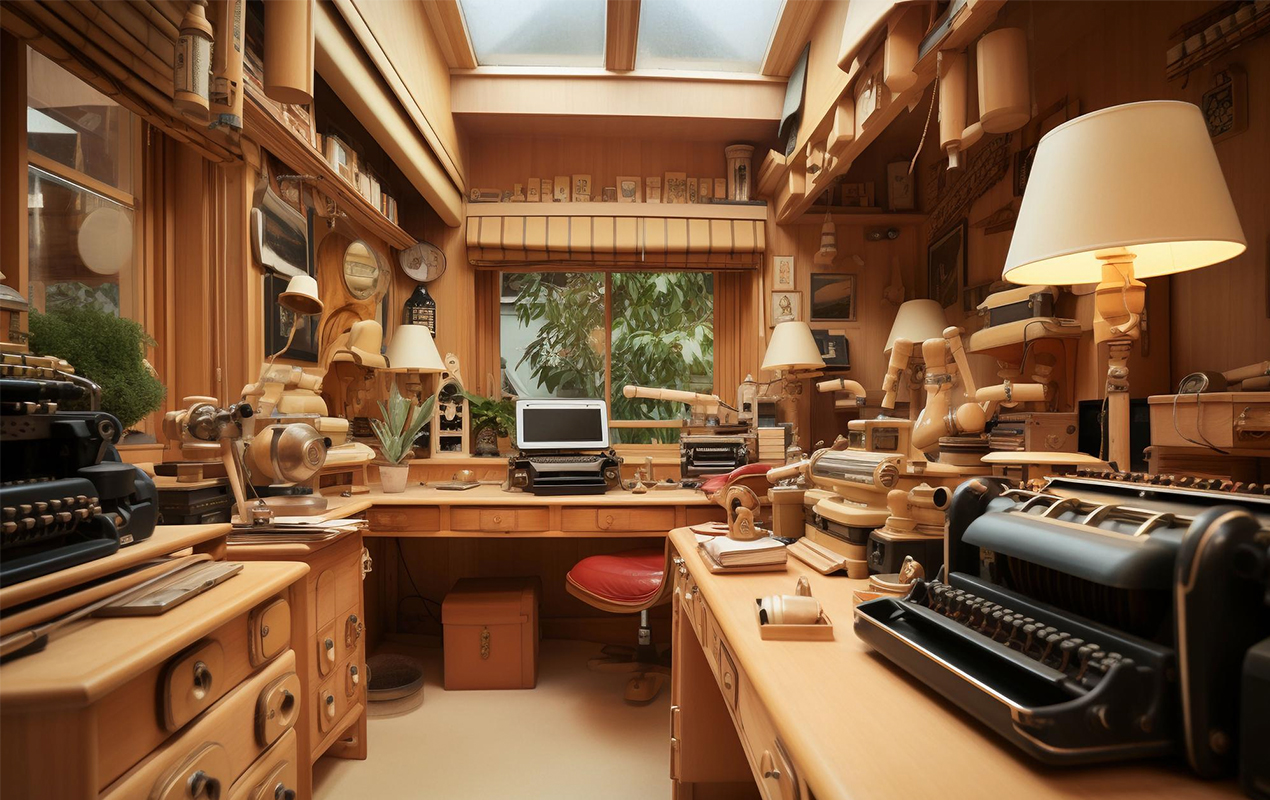
7 Tips for Integrating Old and New Furniture
If you’re passionate about interior design, then moving house can be one of the most exciting times for your creative mind. So many new opportunities are opened up to shake up the design of your home, but you can’t just get rid of everything you once owned and start fresh unless your budget is unlimited. This article will focus on the importance of blending old and new furniture and decorative pieces to create a cohesive look in a new home while still changing it up and exploring new aesthetics.
Before we get into it, let’s think about simplifying the moving process. You want to bring as little clutter as possible to your new place without sacrificing cherished pieces. Hiring a professional removalist from sites like Muval also saves a lot of time and effort so you can focus on crafting your new home’s design instead of doing the heavy lifting. The moving process must be as smooth as possible so you have time and energy left over to make your space yours, too.
Assess Your Existing Furniture
First things first, assessing your current furniture is key to creating a thoughtful look in your new home. Take inventory of your current furniture pieces and determine which items hold sentimental value or just serve your desired aesthetic for your next chapter.
Think logically here too. Evaluate the condition of each piece – there is no point in keeping your favourite couch if it’s falling apart or not actually comfortable, looks and functionality are equally important when it comes to design.
Identify Your Design Style
Now, you need to identify your design style. Explore different styles and experiment – a great way to do this is to create a few different mood boards that represent different aesthetics. Take a look at these underrated design styles to get you started.
You can use apps like Pinterest for this, gathering inspiration for the overall aesthetic you want to create. Once you have found your favourite look, it’s time to consider how new furniture could complement what you already have to harmoniously represent your style.
Mix and Match Materials
Blending old home decor with the old makes for a fantastic opportunity to experiment with interesting visual and textual combinations. Combine different materials like wood, glass and fabrics to generate visual interest. Pairing antique pieces with contemporary furniture also creates a visually engaging space, adding depth and contrast to the interior of your new home.
Pay Attention to Scale and Proportion
When curating new furniture, consider size. You should ensure that new furniture pieces are proportional to existing furniture and the room. Think of the room like a painting, contrast and balance are important. Using larger furniture as focal points to anchor a room with smaller pieces as accents can create a visual balance that is pleasing to the eye.
Cohesive Color Palette
Choosing a cohesive colour palette helps you to pick out new furniture that you know will go well with your old pieces. Carry around a colour chart with a few complementary hues when searching for new pieces and consider the colour of other items that will be placed within the room before purchasing.
Layer with Accessories
Add depth and personality to your space with accessories like throw pillows, rugs, and artwork. Mix vintage and contemporary accessories to deepen the eclectic feel of your living spaces.
A great use of accessories like these is to bridge the gap between old and new furniture pieces – a throw with an intermediate colour tone or complementary texture can do a lot to pair a brand-new couch that doesn’t quite go with your antique cabinet.
Flexibility and Adaptability
Feel free to move furniture around as you find what you like. Don’t worry about getting it all perfect right away. Let your home design change over time to match how you live – it isn’t a race. Just see what feels cosy and inviting while staying modern and work as you go. Then tweak things little by little into the style you want – going with the flow creates a home that fits you perfectly.
Final Thoughts
When embarking on the design journey for a new home, it’s crucial to acknowledge that individual tastes and preferences vary. To genuinely personalize your design, consider experimenting with different styles, colors, and textures until you discover what resonates with your taste. Designing a home is an evolving process, and embracing the gradual nature of it can make the experience enjoyable. While drawing inspiration from various sources, don’t hesitate to infuse your personality into the design. The most gratifying design is one that authentically reflects your distinct character.

